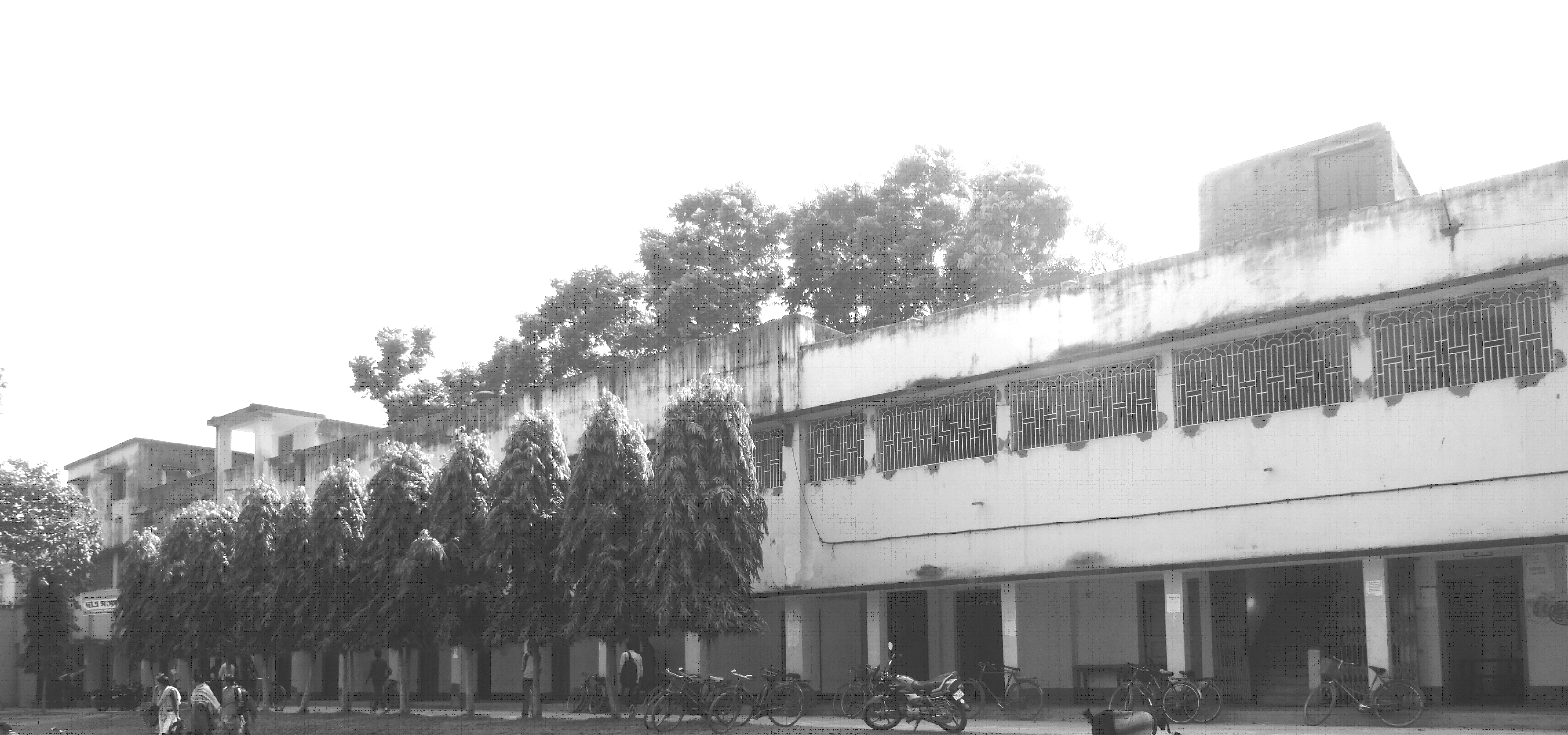History of the College:

In the year of 1977 the Government of West Bengal decided to establish 24 new
colleges in various places of West Bengal to spread the light of higher education
throughout the Bengal territory. The present college - Murshidabad Adarsha
Mahavidyalaya is one output of that scheme. During 1970s there were only few colleges
located in and around the Murshidabad city and the rest of the areas of the district
remained detached from the centre of higher education. In case of exceptional and
ambitious students, it was too tough to approach the existing colleges for pursuing
higher studies. keeping this acute problem in mind, some of the contemporary
intellectuals of Islampur started to sort it out. Mr. Hemendra Narayan Chaudhary, a
teacher of Katlamari High School, took the first initiative to open a college which may
cover the areas between the city of Berhampore and Bangladesh Border (Jalangi).
However, some reason his plan failed.
At the beginning of 1980s, a serious attempt was made in this direction by some
local philanthropists like Sri. Tapan Kumar Hore (teacher), Sri. Puri Lal Biswas
(businessman), Sri. Satish Charan Dey (businessman), Sri. Kartrik Dutta, Sri
(businessman), Solamen Hoque (teacher), Sri. Durgaprasad Mahashawari
(businessman), Sri. Rabindranath Rakhsit (businessman), Dibakar Dutta (businessman)
and others. They under the aeges of MLA Smt. Chaya Ghosh began to collect money
and assets for a land where the college has supposed to be established. Initially, the
advocators of the movement faced huge setback in finding the land. At that time,
Upendra Smriti Seba Mondir of Purilal Biswas provided the place for the early academic
excursion of the college. In November of 1981 the college began its journey formally.
There were four temporary class rooms in the Seba Mandir, and several teachers of
nearby High Schools voluntarily taught the students for four years without remuneration.
The teachers were Kamalendu Bhattacharyya, Amulya Kumar Sarkar, Nripendranath
Kundu, Anowar Hossain and Dilip Chakraborty. In the meanwhile a helping hand was
extended by the Ministry of Higher Education headed by Sri Shombhu Ghosh for the
university affiliation. Fortunately, the college got the university recognition from the
University of Calcutta in 1981. Finally in 1985 a plot of six bighas was obtained from Sri
Durgapada Dutta and Dhananjoy Dutta in exchange of money. Basically the amount
was collected from the various organization and individual. A lump sum was donated by
the ‘Union no. 4 Company of Multipurpose Society’ (Chak Islampur), ‘Chandrakanta
Lalit Mohan Resheam Khadi’ (Chak Islampur), Rural Industry Association, Chak
Weaker’s Association, Upenda Smriti, Chack Bayan Shilpi Samiti and others. Afterward,
MLA of Jalangi, Atahar Rahaman extended another helping hand for the construction of
building at the college land.
There were three committees in running the function of the college. initially, Smt.
Chaya Ghosh (local MLA) and the Hemendra Narayan Choudhery looked after all
administrative functions. Hemendra Chandra and Purilal Biswas were the advisory
members. Sathis Chandra Dey and the Tapan Hore looked after the teaching and
finance of the college. Purilal Biswas was the president, H. Chaudhury and T. Hore
were joint secretary and Solamen Hoque was the treasurer.
The first principal of the college was Birendra Nath Banerjee. The other
professors were Jagadindra Purakayet (Bengali),Debika Sinha (History) and Tapati Roy
(Philosophy).
The college got affiliation from the University of Calcutta in 1981 and till 1991 it
remained under the same university and then by 1991 the college come under the ages
of University of Kalyani. The UGC granted its 2 (f) and 12 (B) to the college in 1994.
Now the college is a fully Government-aided college.
